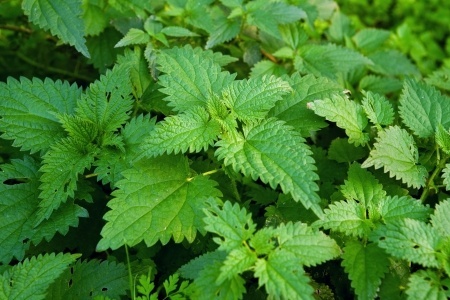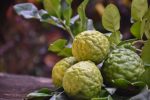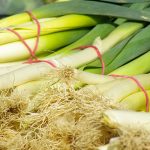
If one plant had a universally acknowledged sense of causing us to flinch it would be the Stinging Nettle (Urtica dioica) with its nasty rash-like sting. I’m sure we’ve all had a painful experience with this plant. The bane of walkers and children who fall into a patch. Sadly, dock leaves do not alleviate the rash. The Romans even used this irritation to their advantage by flailing their cold skin with nettles to warm themselves in cold climates or to stave off tiredness when on long, forced marches. This process, which is known as urtication, is still used by present day sufferers of gout, who argue it gives some distracting relief to the intense pain. Nettle leaves are also diuretic and also may offer some relief to hay fever sufferers. It is a popular herbal in Turkish folk medicine (Gülçin et al., 2004).
Nettle may be annoying but this robust plant is a true friend to many and has come to the rescue of some. Clothes intended to keep warm were made with fibers from its stalks and in times famine, the leaves were cooked like vegetables.
Common Names: Grosse Brennessel, Nesselkraut (German); ortie (French).
Nowadays, nettle has made a comeback because the plant is used in healing and beauty regimens. As well as being purgative and used in detox diets (apparently well known for this), it has a strong diuretic effect and boosts metabolism, and in healing wounds. Its mode of action is poorly understood but it is probably due to some antioxidant potential and on its ability to protect from inflammation-inducing environmental stress.
Components
Contains caffeoylquinic acids which are the active components in flavonoids. Quercetin is the main component here (Marrassini et al., 2010). Quercetin has been known to enhance the activity of a cell compound called Nrf2. This is a cellular master regulator of the detoxification machinery. Quercetin is able to induce detoxifying and antioxidant enzymes (Saw et al., 2014). This makes nettle extract the perfect starting point for cosmetic concepts especially detoxification and for anti-pollution.
Products And Availability
The organic, dried leaves are available from Pestle Herbs in 50g and 100g quantities.
N.B. This article contains links to our affiliate marketing partner. Click on the links above to be taken to the site of purchase. Please read our affiliate disclosure.
Uses
- As a diuretic it may be helpful to those that suffer from high blood pressure but only in consultation with a medical professional.
- Can be rubbed externally on gout or other arthritic pains (Riehmann et al., 1999; Setty & Sigal, 2005) .
- Claimed to be effective in combating liver disorders but this has only been indicated in rat models. Check the regulations regarding its use.
How To Prepare
- For a warm infusion to relieve hay fever, simply add one teaspoon of dried leaves to a cup of boiling water for ten minutes, and enjoy up to three times a day.
- To use externally simply ‘juice’ fresh nettle leaves in a blender and rub on.
Cautionary Information
- Do not give to any child under two years old
- For over 65s, use low levels, infrequently
- Do not use while pregnant or nursing
- Diuretics can rid the body of potassium which needs to be replaced by eating foods which are rich in it such as bananas and almonds.
Gülçin, I., Küfrevioǧlu, Ö. İ., Oktay, M., & Büyükokuroǧlu, M. E. (2004). Antioxidant, antimicrobial, antiulcer and analgesic activities of nettle (Urtica dioica L.). J. Ethnopharmacology, 90(2), pp. 205-215




Leave a Reply